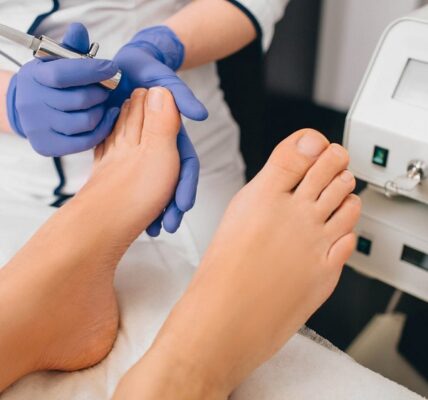After a first infection, the herpes virus remains inactive in the human body and reactivates in certain situations, such as other infections, menstruation, stress, temperature changes.
Herpes is an infection caused by the virus herpes simplex virus (HSV), which can remain latent in the body for years. After a first infection, the virus remains inactive in the human body. It multiplies again, being able to reappear spontaneously and cause illness in certain situations or due to specific triggers: other infections, menstruation, stress, changes in temperature, ultraviolet rays, a lowering of defenses, or trauma.
It is estimated that HSV can affect more than a third of the population at some point in their life. In 2016, approximately 13% of the world’s population between 15 and 49 years of age was infected with herpes simplex virus type 2 (HSV-2), and 67% of those under 50 years of age – about 3.7 billion people – was infected with HSV-1, according to data from the World Health Organization (WHO).
Types of herpes, causes, and risk factors
Two types of herpes virus differ mainly by the place of involvement:
- Herpes-type I (HSV-1) causes cold sores whose prevalence is estimated at around 45% of the population. In a first contact between the virus and the individual, it manifests itself in inflammation of the mucosa of the mouth and gums (gingivostomatitis). This form of affectation is very frequent in children and adolescents. As age increases, the possibility of having antibodies against HSV is more significant (85% in the fourth decade of life and close to 100% in the elderly).
- The virus remains latent in ganglion neurons to later reappear in the form of cold sores. Among the predisposing factors for recurrence are sun exposure, fever, menstruation, stress, trauma to the infection area, or the use of medications that modify defense levels (corticosteroids). It is not a severe infection except in immunosuppressed patients. About 20-25% have one or two episodes of cold sores a year. Once any of these factors cause the reactivation of the virus, it makes its way back, in such a way that it returns from the ganglia to the epithelial cells of the lips or mucosa of the mouth and causes the lesions, although milder than the first infection.
- It has also been found that up to 45% of people who have not had cold sores have a positive antibody detection. This means that not everyone in contact with the virus develops the lesion. It is transmitted mainly through saliva and by direct contact with the lesion. Although its specific location is the lips, the mode of transmission by direct contact or secretions means that it can infect other parts of the body; thus, the practice of oral sex means that HSV-1 can also be transmitted to the genital area and cause genital herpes.
- Type II herpes (HSV-2) most often affects the genitals ( genital herpes ), producing a similar lip (vesicles) injury. It is considered a sexually transmitted disease. Due to this, there is a higher incidence of adolescent cases with the beginning of sexual relations. The first infection will occur at this time, remaining latent in the lymph nodes in the sacrum area to reactivate again in certain circumstances. There is also a possibility of transmission even if the lesion is not present.
- Type II herpes occurs in 5% of the population, although there is not very exact data. Due to its genital location, it may infect a newborn in childbirth if the mother were infected. If this is known, a cesarean section is mandatory. Its transmission is also by direct contact with secretions, but any other location can be affected in the same way.








